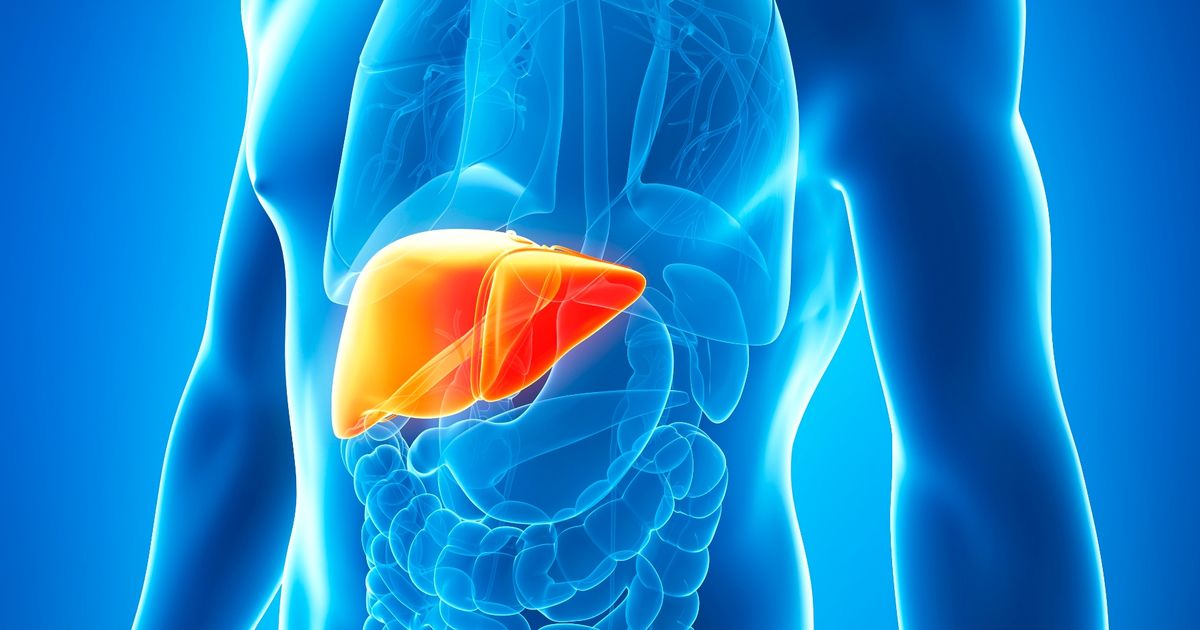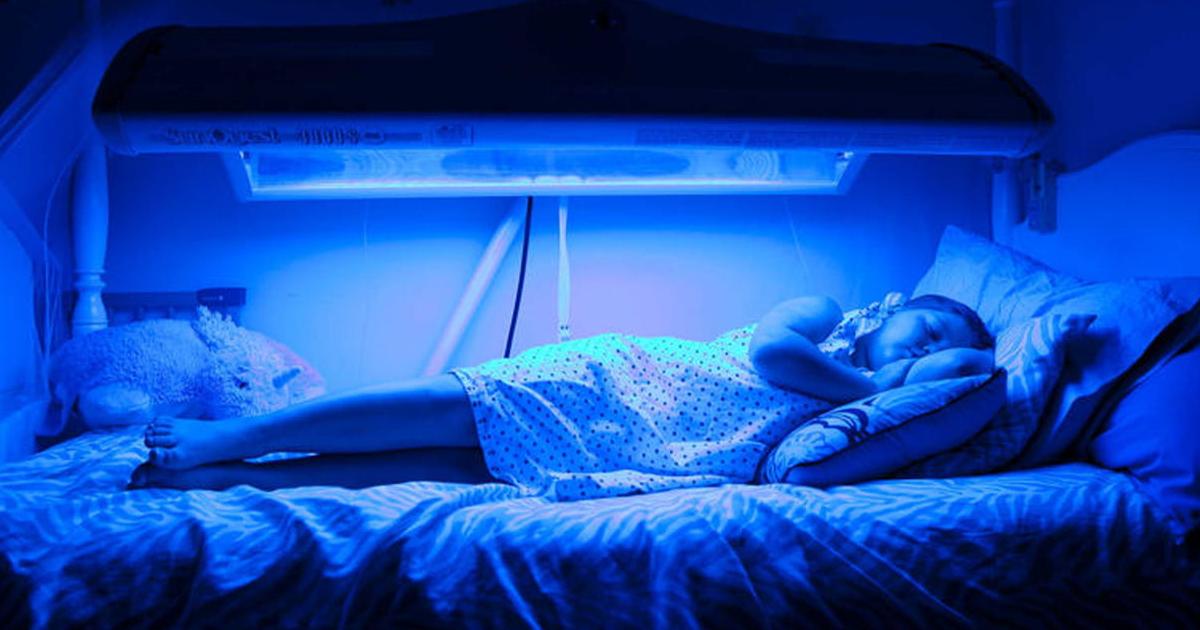Guide To The Symptoms And Treatment Of Crigler-Najjar Syndrome
Phototherapy
Phototherapy is a medical treatment that uses LEDs, sunlight, halogen lights, or fluorescent light bulbs to treat conditions. Different kinds of phototherapy exist for different conditions, and the best type for a Crigler-Najjar syndrome patient may vary. There are two main ways doctors treat babies with jaundice using phototherapy. Most commonly, the baby's eyes are covered, and then the baby is placed under fluorescent lamps or halogen spotlights. However, in children with Crigler-Najjar syndrome and severe jaundice, further treatment is generally necessary. The second form of treatment is to use biliblankets, which are blankets inlaid with fiber-optic cables. When the baby is wrapped in the blanket, light shines on their body and back. Blue LED and compact fluorescent light tubes might be used to treat infant jaundice as well, since these lights don't generate much heat and can safely stay by an infant's body. Because Crigler-Najjar syndrome patients cannot convert bilirubin naturally, most will need to continue phototherapy throughout their lives. This can be tedious and impede their quality of life, since they must be exposed to light for ten to twelve hours per day.
Learn more about treating Crigler-Najjar syndrome now.
Liver Transplant

A liver transplant can be potentially life-saving for individuals with Crigler-Najjar syndrome. This syndrome is caused by a liver that lacks the ability to convert unconjugated bilirubin into its conjugated form. If a patient is given a healthy liver, their body will then have the ability to conjugate and remove bilirubin from the blood. Though a new liver removes the symptoms of Crigler-Najjar syndrome, it's important to note patients will still have the gene mutation that causes the liver issues, and they may pass it on to children they have. Patients who undergo successful liver transplants no longer need to use phototherapy, and they can function in day-to-day life without worrying about brain damage or death from the illness.
Continue reading to reveal another option for treating Crigler-Najjar syndrome now.
